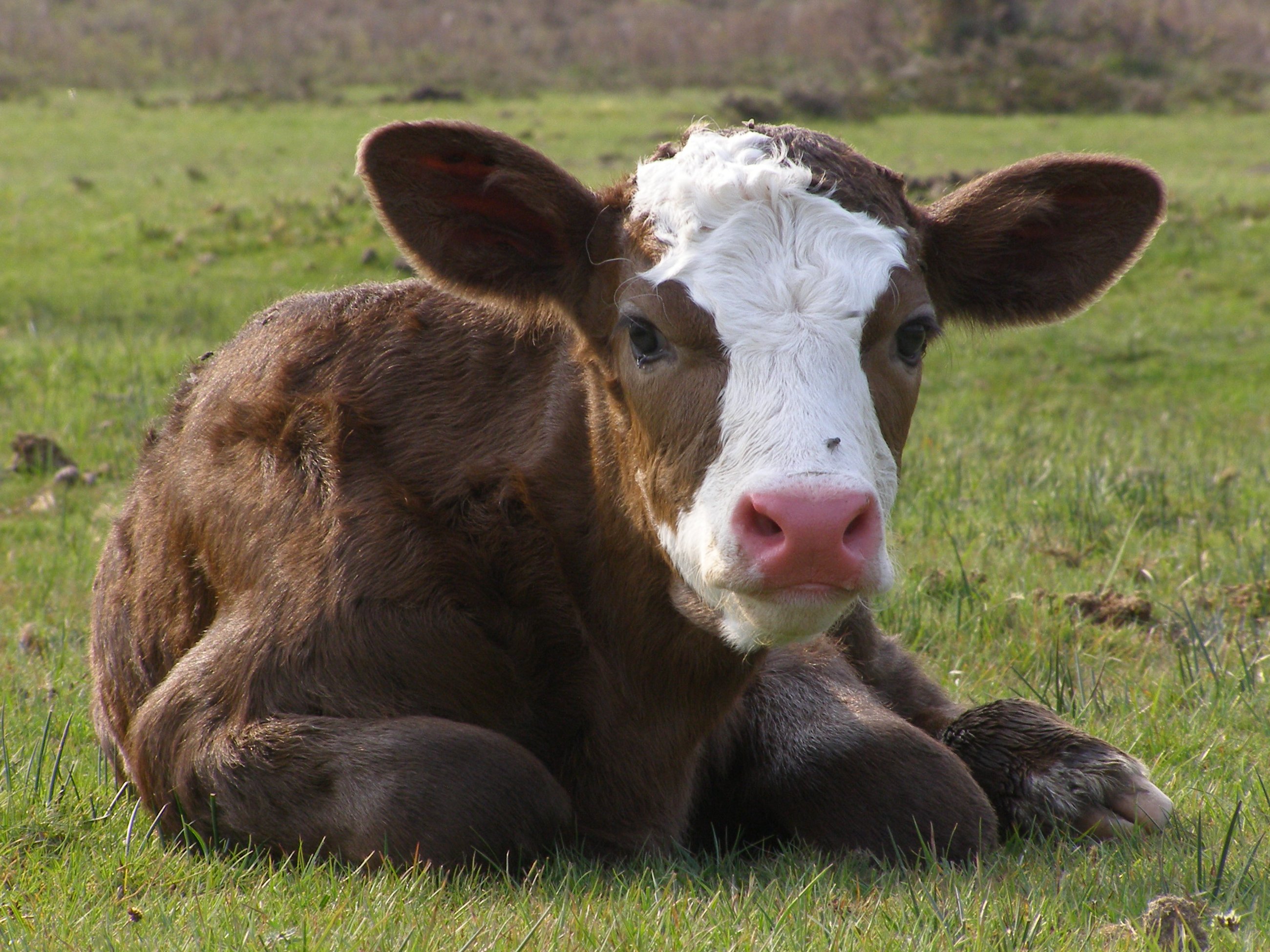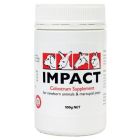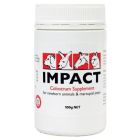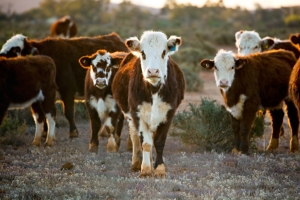Cattle rearing - The importance of colostrum to newborn calves

By Joe Gallenti, Owner of Farmer's Mailbox. The health and care of your new born calves has a strong influence on their development as mature animals as well as the success and profitability of your farm. Calves are born with no immunity to disease. It’s up to you to have a sound program for colostrum feeding to ensure they remain healthy.
Calves rely on their dam to provide passive immunity through colostrum, the first milk produced after birth, and the immunoglobulins it contains. Calves need to receive individual attention and care immediately following birth. There is a direct link between good calf care and improved milk production and longevity in the milking herd.
There are three crucial elements to a successful colostrum feeding program:
- Quality – Quality is essential to ensure are sufficient antibodies (against diseases) in the colostrum for absorption by the calf.
- Quantity – Ensure the calf ingests a sufficient amount of antibodies.
- Quickly – So the calf’s digestive tract remains receptive to absorbing them.
Colostrum is the milk that’s produced by a cow typically within five days of calving. Modern dairy cows typically do not produce good-quality colostrum. We recommend using quality products such as Impact Colostrum replacer from Wombaroo, which provide calves with the necessary proteins and immunoglobulins to fight off infection to micro-organisms.
Many calves will not drink soon after birth, so using a stomach tube for each newborn calf will ensure it can acquire passive immunity against diseases. Afterwards you will need to assist them to feed from the dam.
But time is of the essence. John Moran highlights in his book Calf Rearing: A Practical Guide, that the longer a calf receives its first feeding the ability to transfer the antibodies from the colostrum into the calves blood stream greatly diminishes. Its first feeding needs to be within 30 minutes after it’s born.
To learn more about caring for your calves John Moran’s Book Calf Rearing: A Practical Guide is available from Farmer’s Mailbox. Also, consult your veterinarian about the care and health of your cattle.












